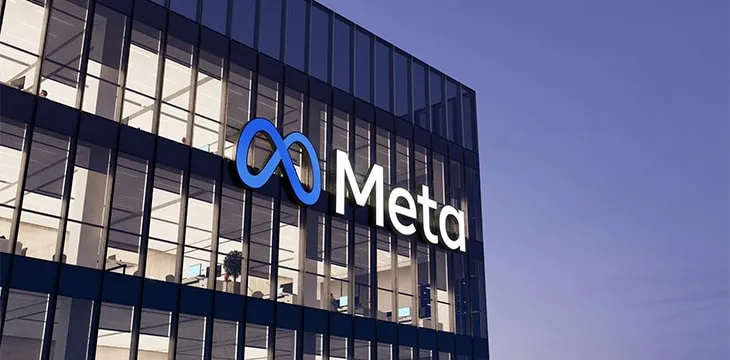|
Getting your Trinity Audio player ready...
|
Australia’s consumer affairs regulator has launched legal proceedings against Meta Platforms Inc., parent company of Facebook, over a series of ads for digital asset investment scams. The Australian Competition and Consumer Commission (ACCC) alleges Meta either knew the ads were misleading, or assisted the scammers in attracting their target audience, while benefiting from placement revenue.
The ACCC’s move follows separate civil and criminal actions launched against Meta by Australia’s second-wealthiest individual Andrew Forrest back in February. Dr. Forrest was one of several celebrities and public figures who found their images and “endorsements” used in fake news articles promoting digital currency investment schemes that stole millions of dollars from naive users. Forrest’s criminal suit against Meta was set to begin in the Magistrate’s Court of Western Australia on March 28.
The ACCC said its own case involved different questions of law to Dr. Forrest’s. Chair Rod Sims said the ACCC’s case would focus on Meta’s responsibility for allowing the ads to be published, alleging the company was aware of their existence but took neither swift nor efficient action to stop them, earning placement revenue from the scammers in the meantime.
“It is a key part of Meta’s business to enable advertisers to target users who are most likely to click on the link in an ad to visit the ad’s landing page, using Facebook algorithms,” Sims said. “Those visits to landing pages from ads generate substantial revenue for Facebook.”
Trusted faces promoting fake investments
The fake ads appeared as endorsements from well-known and generally trusted figures in Australia, several of whom had images connected to business and investments. These involved television financial and news presenter David Koch and long-time entrepreneur Dick Smith. The ads were designed to appear as links to news articles. When users clicked on the link, they were taken to third-party sites with more complete “news” articles suggesting the celebrities had invested in, and endorsed, the scams.
As well as bilking millions from those who fell for the scams, the celebrities whose images were used also suffered reputational damage, the ACCC said.
The ACCC alleges Meta’s algorithm technology targeted those most likely to be interested in new investment schemes, and engage with the ads. It also failed to take sufficient action to find and remove the ads and prevent more from being published—long after the celebrities complained about their images being used fraudulently.
“Meta assured its users it would detect and prevent spam and promote safety on Facebook, but it failed to prevent the publication of other similar celebrity endorsement cryptocurrency scam ads on its pages or warn users,” Sims added.
Scam ads proliferated on Australian social networks
Some involved in the digital asset and blockchain space became familiar with the scam ads after friends and relatives in Australia began enquiring about their validity. Although they were almost immediately evident as scams to those with experience, the “articles” were designed to look as much like genuine news articles as possible. Only the link URLs and some background research proved them unlikely. Given the high number of genuine digital asset and token endorsements from celebrities around the world, and the growing mainstream popularity of Bitcoin and blockchain, the fake ads could easily have fooled the less knowledgeable.
Users were invited to submit personal details to the scammers to obtain more information. Once they did that, they were subject to more classical high-pressure sales tactics urging them to deposit funds into the fake schemes.
Not all of Meta’s scam ads involved digital asset investments. However, the public’s basic knowledge but general unfamiliarity with the technology and its details made consumers more curious, and less likely to be suspicious when confronted with familiar red flags.
The rise of Bitcoin and blockchain over the past decade saw many old-time scams and pyramid schemes resurrected with new fronts. In the technology’s earlier days, even those in the industry lost millions to scams they might otherwise have avoided. Regulatory unfamiliarity with blockchain technology, coupled with governments’ early reluctance to admit these assets had any kind of value, exacerbated the problem.
As their values increased, regulators and consumer watchdogs became more vigilant in detecting the scams and pursuing those responsible through the courts.
Follow CoinGeek’s Crypto Crime Cartel series, which delves into the stream of groups—a from BitMEX to Binance, Bitcoin.com, Blockstream, ShapeShift, Coinbase, Ripple, Ethereum,
FTX and Tether—who have co-opted the digital asset revolution and turned the industry into a minefield for naïve (and even experienced) players in the market.

 08-27-2025
08-27-2025 





